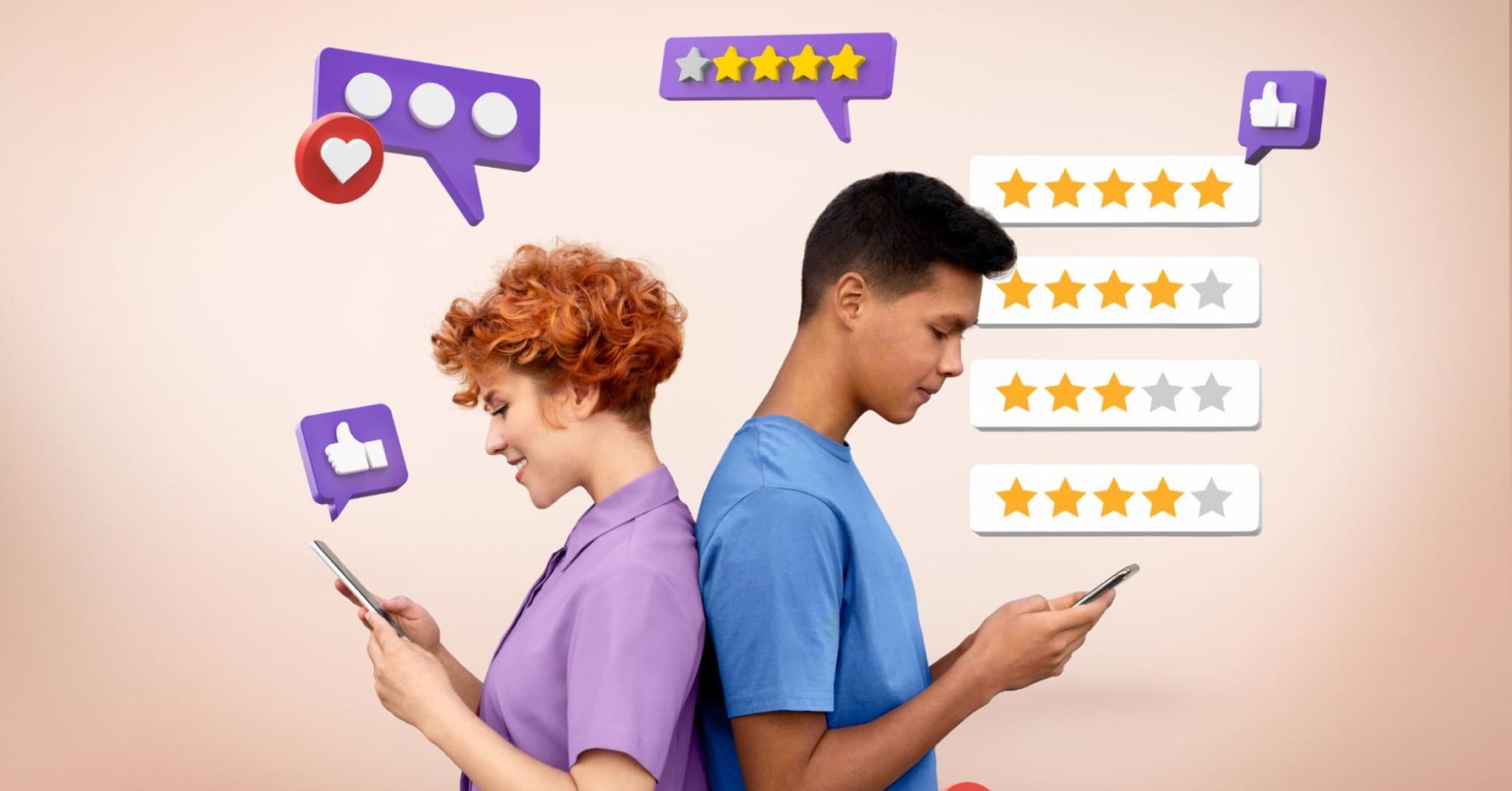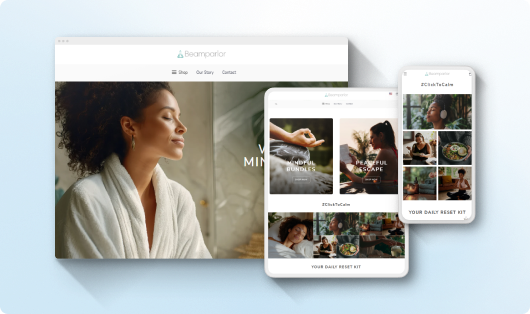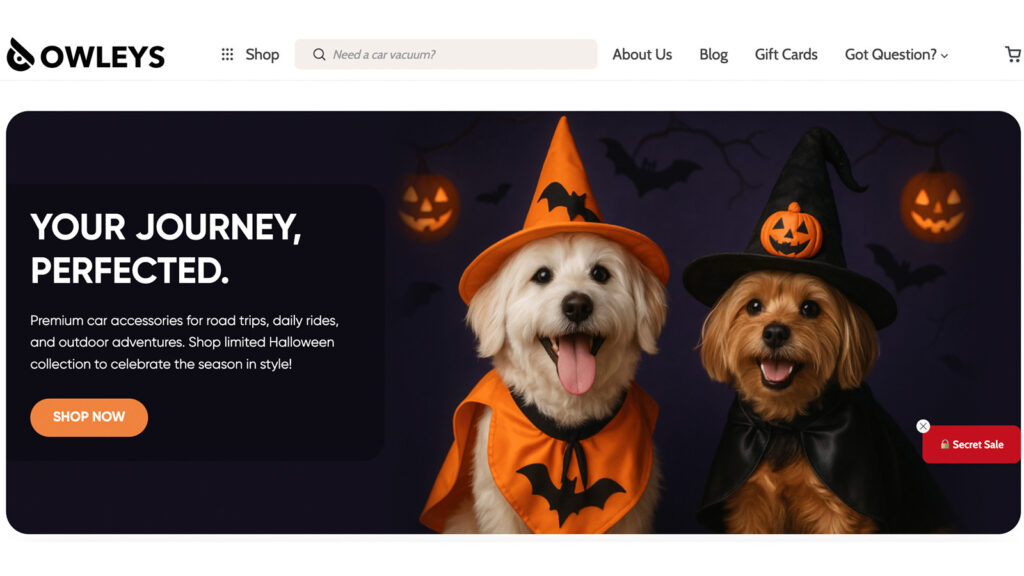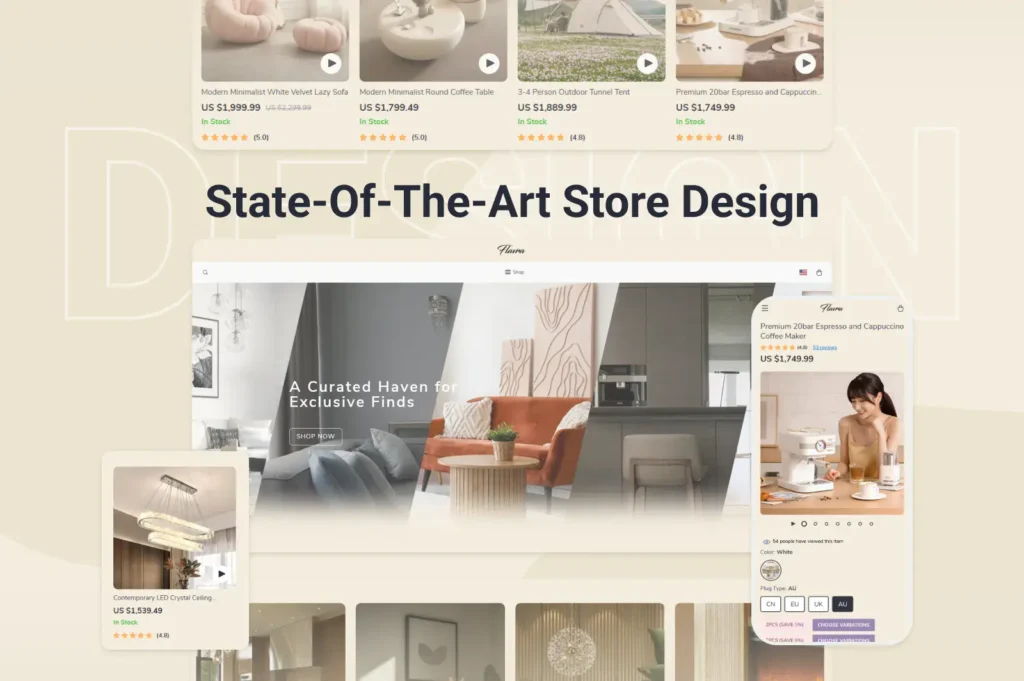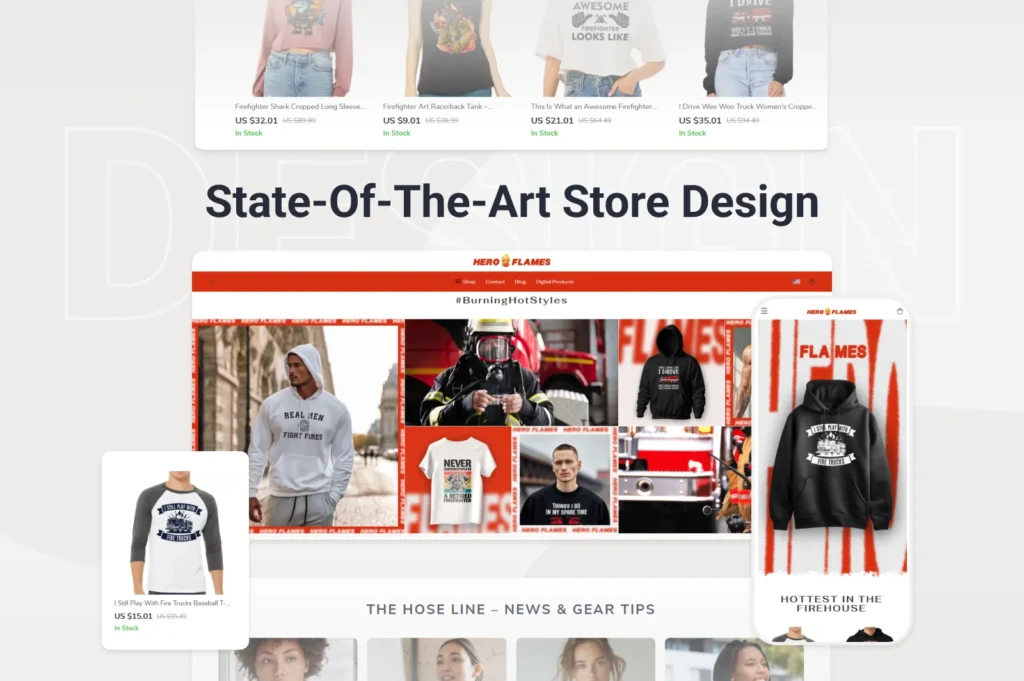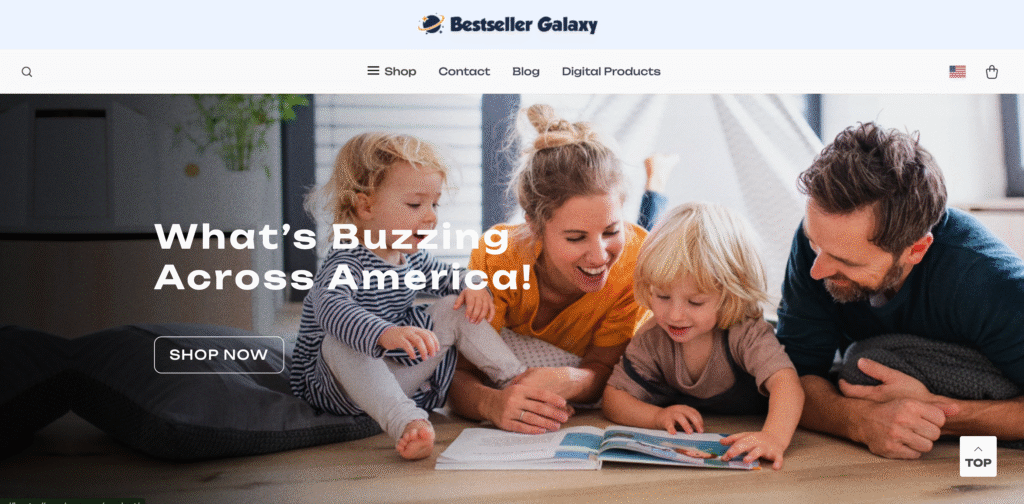In the US, fewer than half of businesses factor Customer Lifetime Value (CLV) into their strategies.
So what exactly is CLV? It shows how much revenue a single customer is likely to generate for your business over the entire relationship. CLV shifts the perspective from “How many sales did I make today?” to “How much will this customer bring me in the long run?”.
If you’re planning to buy a store from Offiro or if you’re running one already, Customer Lifetime Value matters for you for two reasons:
- It helps you understand the real value of your shop. When buying or growing a business, CLV shows long-term potential
- It guides smarter decisions. Knowing and understanding CLV helps you invest in the right customers and increase returns
In this article we’ll discuss CLV in detail: what it is, why it is important, how to measure it and start actually using it.
Quick Facts About CLV
- Only 20% of businesses in the US actively use CLV in their strategies (according to KPMG)
- Using CLV can increase income by 20–80%, depending on the niche and how it’s applied
- Companies that measure client value are 23% more adaptable and more likely to thrive during market changes (according to McKinsey)

CLV vs. LTV — What’s The Difference?
At first glance, Customer Lifetime Value (CLV) and Lifetime Value (LTV) look pretty similar and are often interchangeable. But for entrepreneurs, especially those buying and running ready-made stores, the distinction matters.
- CLV looks at the individual customer. It shows how much value one buyer brings over their entire relationship with your shop. CLV helps you identify your most valuable buyers and tailor offers to them
- LTV looks at groups or the whole customer base. It’s an average measure of how valuable your customers are collectively. It shows how your entire store performs, making it useful for forecasting and valuation
For Offiro buyers, understanding both is key: CLV tells you which customers drive profits, while LTV helps you assess whether a store is worth the investment.
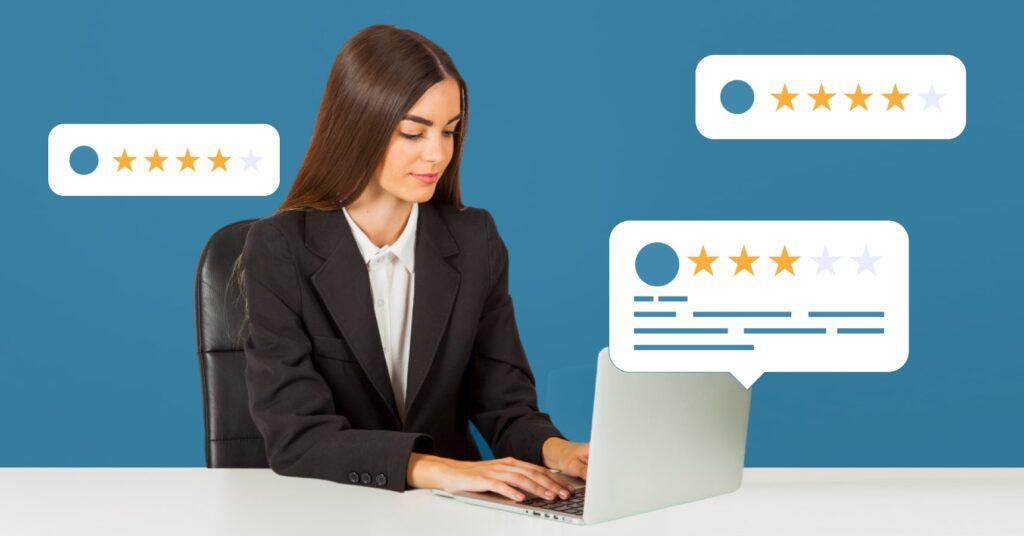
What Metrics Do You Need to Calculate CLV?
CLV is calculated from a set of core metrics we discussed in our previous article. Here’s a quick recap:
- Average Order Value (AOV)
The average amount a customer spends per order.
Example: if 100 orders bring $5,000 in revenue, your AOV is $50.
How to increase: create product bundles, offer upsells, or suggest add-ons at checkout. - Purchase Frequency (PF)
How often a customer buys from your shop.
Example: a fashion shop might see customers buying four times a year, while electronics buyers purchase once every 18 months
How to increase: use loyalty programs, reminder emails, and new product launches to bring customers back sooner - Gross Margin (GM)
The profit left after subtracting costs from revenue.
Example: selling a gadget for $100 with a $60 cost means a 40% margin
How to increase: renegotiate supplier prices, optimize shipping, or raise prices where customers see value - Churn Rate (CR)
The percentage of customers who stop buying from your shop.
Example: if you had 1,000 customers last year and 200 left, your churn rate is 20%
How to reduce: improve onboarding for new buyers, send retention emails, and fix pain points like slow delivery or complicated returns - Average Revenue Per User (ARPU)
Shows how much revenue each active customer generates in a given period.
Example: if you earned $50,000 from 1,000 customers in a quarter, ARPU is $50
How to increase: introduce limited-time offers that boost spending - Customer Lifetime (Lifetime)
The length of time a customer stays with your shop before churning.
Example: subscription box customers might stay for 12 months, while impulse buyers stay for one purchase
How to increase: invest in strong customer support and consistent product quality - Repeat Purchase Rate (RPR)
The percentage of customers who come back after their first purchase.
Example: if 100 people buy once and 30 return, RPR is 30%
How to increase: send personalized follow-ups, discounts for second orders, or special offers for returning customers
When you combine these metrics, you get a clearer picture of how valuable your customers are. You can make decisions based on these metrics, but it is also important to combine them to get CLV.
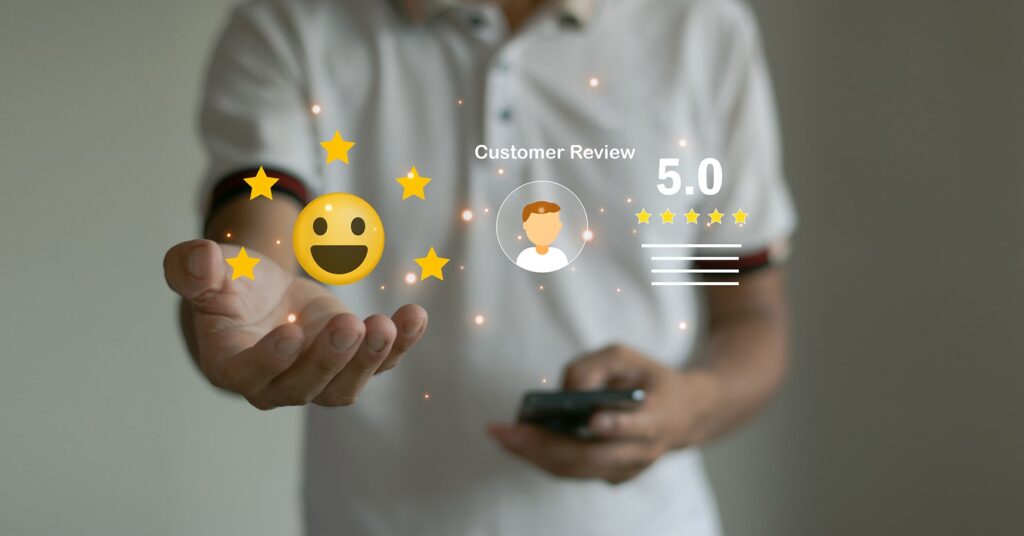
How to Calculate CLV?
There isn’t a single “right” formula for Customer Lifetime Value. Different businesses use different approaches, and the more metrics you include, the more accurate the calculation becomes. Here are some of the most common ways:
ARPU × Lifetime
This is the simplest formula:
- Average Revenue Per User × Customer Lifetime
- Very common, but also very limited. It only shows a general estimate and doesn’t take into account profit margins or customer behavior
AOV × RPR × Lifetime
A slightly more detailed approach:
- Average Order Value × Repeat Purchase Rate × Customer Lifetime
- This formula adds more nuance, showing how often people come back. It can be used for short-term CLV forecasting but still misses some important details like costs and margins
AOV × GM × PF × 1/CR
This is the most widely used formula:
- Average Order Value × Gross Margin × Purchase Frequency × (1 ÷ Churn Rate)
- It pulls in multiple key metrics, balancing simplicity and precision. For many shops, this method is reliable enough to track real customer value
However, modern analytics tools go much further. They use advanced models that factor in:
- Current and future money value — adjusting for inflation and the time value of money
- Customer retention costs — how much you spend to keep a customer loyal
- Behavioral changes — seasonality, shifting market trends, or unexpected drops in demand.
These advanced formulas are hard to calculate manually, but with the right analytics tools, they provide far more accurate insights. For entrepreneurs on Offiro, this means you don’t need to wrestle with spreadsheets — Sellvia’s dashboards and expert support already do the heavy lifting.
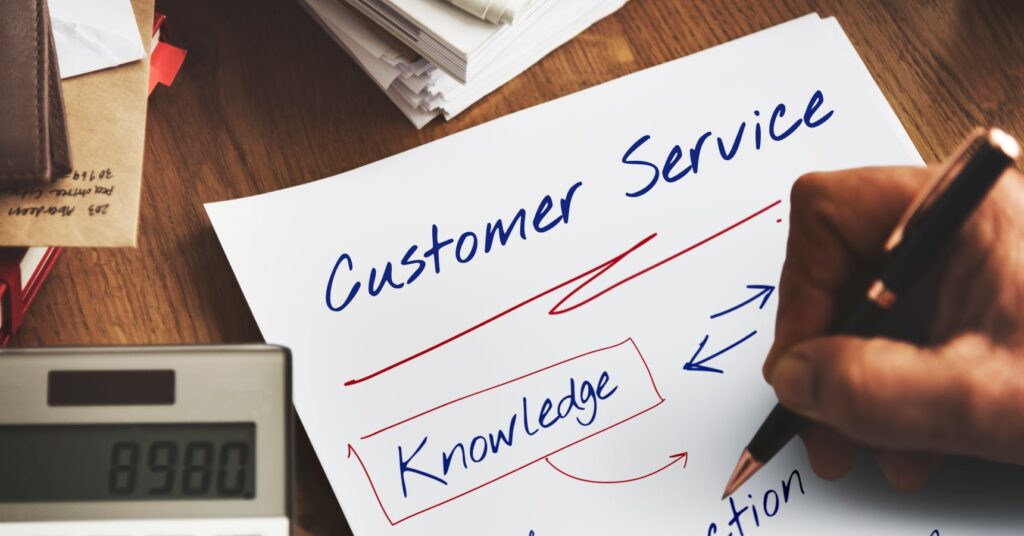
Common Mistakes to Avoid When Working With CLV
CLV is a powerful metric, but only if you calculate and use it correctly. Many shop owners fall into the same traps that make their numbers misleading or their strategies ineffective. Here are the mistakes to watch out for:
- Ignoring customer acquisition cost (CAC)
CLV only makes sense when compared to how much you spend to acquire a customer. If your CLV is $200 but your CAC is $250, you’re actually losing money
- Using revenue instead of profit
Looking at revenue alone can be dangerous. A customer who spends $1,000 but costs you $950 to serve doesn’t add much value. Gross margin should always be part of the calculation
- Forgetting churn
Some shops overestimate CLV by assuming customers will stay forever. In reality, churn shortens lifetime value dramatically. A churn rate of 20% means one in five customers won’t be around next year
- Treating all customers as equal
Not every buyer behaves the same way. Loyal, repeat customers are worth far more than one-time bargain hunters. Segmenting customers helps you understand where your real profits come from
- Never updating calculations
CLV is not a “set it and forget it” number. Market conditions, seasons, and even your own product lineup can change customer behavior. Reviewing CLV regularly keeps your strategy aligned with reality
Avoiding these mistakes ensures that your CLV reflects the true health of your business and helps you make smarter decisions about marketing, pricing, and growth.
How to Increase CLV and What Will You Get?
It’s important to treat every customer as a long-term investment. Building loyalty and nourishing relationships pays off far more than chasing quick wins. Studies show that attracting a new customer often costs 5–7 times more than encouraging an existing one to buy again. That’s why boosting CLV isn’t just about revenue growth — it’s also about making your business more efficient and sustainable.
Here are proven ways to increase it:
- Boost your marketing efforts
- How: use personalized emails, loyalty programs, and targeted ads
- Example: a simple “thank you + discount on next order” email can bring a first-time buyer back for a second purchase
- Improve your product strategy
- How: create bundles, upsells, and subscriptions that encourage bigger or repeated purchases
- Example: a cosmetics store offering a monthly subscription box raises both frequency and predictability of orders
- Strengthen your customer experience
- How: faster delivery, hassle-free returns, and responsive support build trust
- Example: customers who know returns are easy are more willing to take a chance on new products
- Encourage repeat purchases
- How: reminders when it’s time to restock, special offers for returning customers, or exclusive VIP discounts
- Example: a pet store sending a “time to reorder dog food” email at just the right moment
The payoff is clear:
- Higher average revenue per customer
- More predictable income
- Lower marketing costs, since keeping existing customers is cheaper than acquiring new ones
And here’s the advantage for Offiro entrepreneurs: all shops are built on Sellvia and come with ready-made tools for upsells, email campaigns, and customer engagement. Plus, Offiro experts can step in with marketing services that directly increase CLV — from SEO to social media to email automation.

Why CLV should be at the heart of your strategy
Customer Lifetime Value isn’t just a number on a dashboard — it’s a lens for seeing the true health and potential of your shop. By treating every customer as a long-term investment, you not only increase revenue but also build a more stable, resilient business.
Here are the key takeaways from this article:
- CLV shows long-term customer value, while LTV gives a big-picture view of your entire customer base
- Metrics like AOV, Gross Margin, Purchase Frequency, and Churn shape the accuracy of your CLV calculations
- Simple formulas give quick estimates, while advanced models with retention costs and behavioral data deliver real precision
- Avoid common mistakes like ignoring churn or forgetting acquisition costs
- The most profitable path forward is increasing CLV through loyalty, experience, and smart marketing
The good news is that you don’t have to figure it all out on your own. Every store on Offiro runs on Sellvia, which provides built- in dashboards to track CLV-related metrics and powerful tools to grow them. And if you want expert help, Offiro’s marketing team can step in with proven strategies to boost customer loyalty, retention, and profitability.
